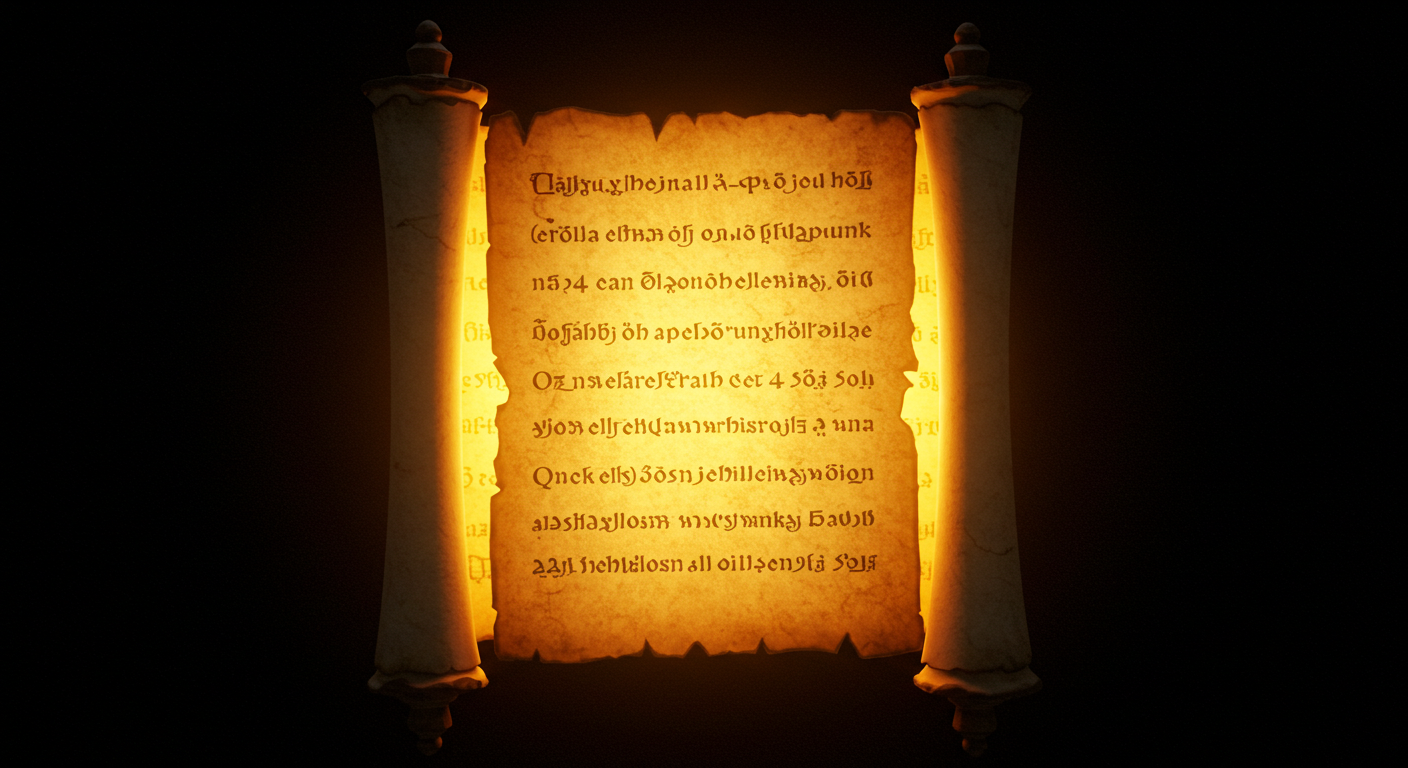Discover the symbolism of the two olive trees in Zechariah 4:3 and their prophetic significance. Dive into a rich biblical narrative that has puzzled scholars for centuries.
The Two Olive Trees: Who Are They In Zechariah 4:3?
The book of Zechariah is filled with rich and vivid prophetic imagery, and one of the most intriguing visions involves two olive trees. Found in Zechariah 4:3, 3 Also there are two olive trees by it, one on the right of the bowl and the other on its left.” Read full chapter
this passage has puzzled scholars and believers alike for centuries. Who or what do these olive trees represent, and what significance do they hold in the larger biblical narrative?
Introduction to Prophetic Visions
Prophetic visions are symbolic representations given to prophets by God to convey divine messages. These visions often contain complex imagery that requires interpretation. They serve a vital role in the Bible by providing spiritual insights, guidance, and revelation of future events. In biblical times, visions were a primary means of divine communication, offering both comfort and warning to the people of God.
Understanding these visions’ historical and cultural context is essential. Prophets delivered their messages in various settings—from the tranquility of the temple to the turmoil of exile. These circumstances significantly influenced the content and urgency of their revelations. The vision of the two olive trees, for example, must be read with an eye to the post-exilic period of Israel’s history.
Context of Each Prophetic Vision
Zechariah 4 introduces a vision when the Israelites were returning from Babylonian exile and rebuilding the temple in Jerusalem. Zechariah was a prophet charged with encouraging the people and their leaders, particularly Zerubbabel, in this rebuilding effort.
As Zerubbabel faced significant challenges, including opposition and resource scarcity, Zechariah’s vision provided a divine message of assurance. The prophet’s role here was pivotal—not just as a spiritual seer but as a robust supporter of the community’s endeavors. The vision of the olive trees, alongside the golden lampstand, was rich with symbolic meaning.
The olive trees themselves are depicted as standing on either side of the lampstand, feeding it continuously with oil. This imagery points to sustenance, divine provision, and perpetual guidance. Theologically, it underscores themes of God’s continuous presence, sovereignty, and the assurance of His plans coming to fruition.
Interpretation of the Vision’s Message
For Zechariah’s contemporaries, the vision’s immediate message was clear: God’s spirit would empower Zerubbabel and the people to complete the temple despite obstacles. The oil from the olive trees symbolized the Holy Spirit empowering the community’s endeavors, ensuring that the temple’s construction was not by human might or power, but by God’s spirit.
Historically, these words were fulfilled as the temple was completed, symbolizing renewed spiritual vigor and God’s restored presence among the people. Spiritually, this reaffirmed God’s faithfulness to His promises and His overarching plan for His people.
To modern readers, the message resonates as a reminder that divine tasks require divine empowerment. The vision encourages contemporary believers to rely on God’s spirit for sustenance and guidance in their endeavors. Its symbolic richness can inspire faith in God’s ongoing support and provision in the face of daunting challenges.

Comparative Analysis
Comparatively, the vision of the olive trees can be juxtaposed with other prophetic visions in the Bible, such as Ezekiel’s dry bones or Daniel’s statue. Each vision, while distinct in its imagery, shares common themes of divine intervention, renewal, and the ultimate establishment of God’s kingdom.
Eschatologically, the vision of the olive trees has been interpreted in various ways. Some scholars see it as looking forward to the messianic age when God’s anointed one—represented by the lampstand—will be eternally sustained by the Spirit. This perspective aligns with views from different theological traditions that anticipate God’s climactic intervention in human history.
Conclusion
In summarizing the key insights, the vision of the two olive trees in Zechariah 4:3 embodies themes of divine empowerment, continual provision, and the assurance of God’s sovereign plans. The richness of prophetic visions in the Bible provides profound insights into God’s character and His dealings with humanity.
Reflecting on prophetic visions reminds us of the larger narrative of God’s redemptive plan. From the rebuilding of the temple in Zechariah’s time to the anticipated fulfillment in the messianic age, these visions weave together a tapestry of hope, assurance, and divine faithfulness.
Additional Resources
For those interested in further study, the following resources can provide deeper insights:
- “The Visions of Zechariah” by George L. Klein
- “Interpreting Prophetic Texts” by Marvin A. Sweeney
- Bible commentaries on the Book of Zechariah
To deepen your understanding, consider these study questions:
- How does the historical context of Zechariah’s vision influence its interpretation?
- What are the similarities and differences between Zechariah’s vision and other prophetic visions in the Bible?
- How can the message of the two olive trees be applied to contemporary spiritual life?







